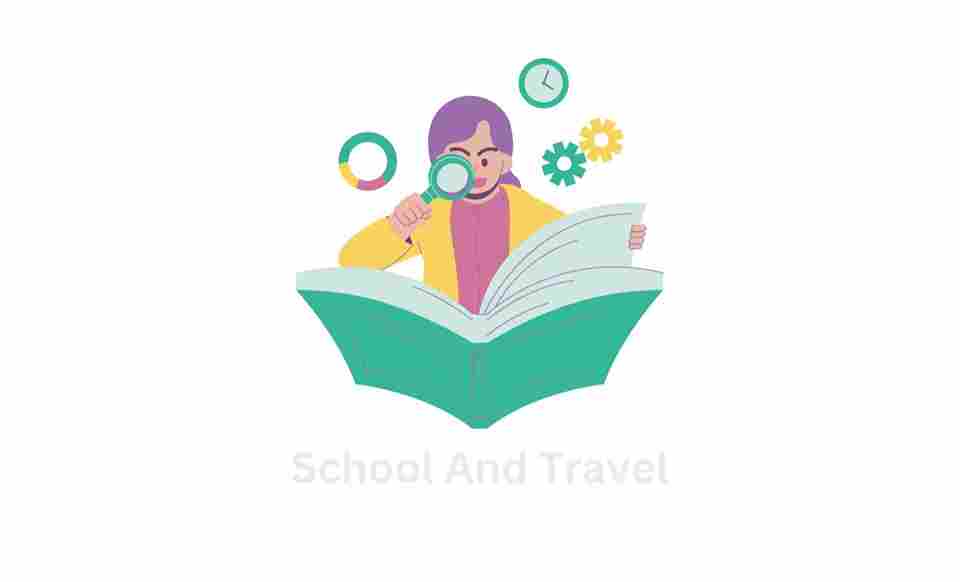Mental health issues have been causing increased concern on a global scale. According to local statistics, one in every five adults in the United States is living with a mental illness.
Despite these numbers, around 60 percent of these people never receive treatment for their condition. The primary reason behind the lack of treatment varies from one individual to another.
It typically includes fear of being ostracized or criticized due to their underlying condition and a personal misunderstanding about the efficacy of treatment.
Among these reasons, a lack of awareness about how to get the best mental health treatment in the US remains on the top, with a great majority of people struggling to understand how to begin their recovery journey.
How to Get the Best Mental Health Treatment in the US: First Steps to Finding Help
The importance of addressing depression, anxiety, bipolar disorder, and overall mental fitness remains undisputed.
Yet, getting professional help may sometimes seem daunting as many people fail to realize how to begin looking for support.
Mentioned below are some steps to take to kickstart the recovery process through appropriate channels:
1. Seeking referrals
Referrals can be sought from a family doctor, a local mental health office, a clergy, or a crisis center.
2. Insurance Company
Insurance companies can collaborate with their clients to curate a list of providers who are in a specific insurance plan and can address a mental health emergency.
3. US Department of Veterans Affairs
The US Department of Veterans Affairs is the most authentic source of seeking mental health care for eligible veterans.
4. Substance Abuse and Mental Health Services Administration
Substance Abuse and Mental Health Services Administration, or SAMSHA, has been closely working with individuals battling one or more psychiatric issues to connect them with affordable and effective treatment services.
5. Local Mental Health Community
The mental health division of a local health department or community mental health center can provide low-cost or free treatment and services using a sliding scale.
These services are usually funded by the state and mandated to serve individuals meeting the “priority population criteria” defined by the Mental Health Department.
6. Employee Assistance Program
Many companies offer the Employee Assistance Program (EAP) through which an individual can get a referral to a mental health provider.
More information can be obtained about this program from the Human Resources Department.
Choosing the Right Mental Health Professional
One of the most critical steps for getting the best mental health treatment in the US includes familiarizing ourselves with the types of mental health professionals.
This knowledge can help individuals make the right decision and pursue their treatment with full efficacy.
1. Psychiatrist
A psychiatrist refers to a medical doctor with special training in diagnosing and treating an emotional and mental illness.
Like other doctors, they can prescribe medications to control the symptoms of an underlying condition.
2. Child/Adolescent Psychiatrist
A child psychiatrist is interested in diagnosing and treating behavioral and emotional issues in children and adolescents younger than 17.
3. Psychologist
A psychologist holds a doctoral degree in psychology followed by two years of supervised professional experience.
Such experts are trained to make diagnoses and provide individual and group therapy but cannot prescribe medications.
4. Licensed Professional Counselor
A counselor refers to a mental health professional with a master’s degree in counseling, psychology, or a related field.
They are trained to diagnose and provide individual and group counseling to patients with mental illness.
5. Clinical Social Worker
A clinical social worker is a counselor holding a master’s degree in social work who can help people struggling with mental illness through counseling.
6. Mental Health Counselor
A mental health counselor has a master’s degree and several years of clinical work experience helping people with mental health issues recover.
6. Certified Alcohol and Drug Abuse Counselor
An alcohol and drug abuse counselor holds specific clinical training in alcohol and drug addiction management and evidence-based individual and group counseling techniques.
7. Marital and Family Therapist
A martial and family therapist is a professional with a master’s degree, special education, and training in marital and family therapy.
8. Pastoral Counselor
A pastoral Counselor is a clergy member who holds clinical pastoral education training. They are typically trained to diagnose mental issues and provide individual and group counseling to manage them.
The Next Steps
Once a mental health professional has been chosen, the next steps include scheduling an appointment by directly talking to them, typically over the phone.
It is also advised to inquire about their approach, philosophy, credentials, and reviews.
On the first visit, the chosen therapist or doctor would begin with an intake assessment which involves focused history taking.
During this session, the therapist may inquire about the problem, life in general, past medical and psychiatric histories, etc.
This information is kept confidential and used by the professional to assess the severity of the situation and develop a tailored program accordingly.
As individuals progress through a therapeutic process, they may feel relief from their stress, develop an ability to make decisions, acquire self-assurance, and experience increased comfort in their relationships with others.
Remember that therapy can be uncomfortable and painful but can eventually lead to success with the right treatment choice and high motivation.
Awesome one; I hope this article answers your question.
Editor’s Recommendations:
- 5 Best Medical Schools In Pennslyvania (FAQs)
- 5 Most Beautiful Medical Schools (FAQs)
- 9 Top Out-of-State Friendly Medical Schools in the US (FAQs)
- Top 5 Best Medical Schools in Ohio (FAQs)
- 7 Best Medical Schools in Michigan
If you find this article good, please share it with a friend.





